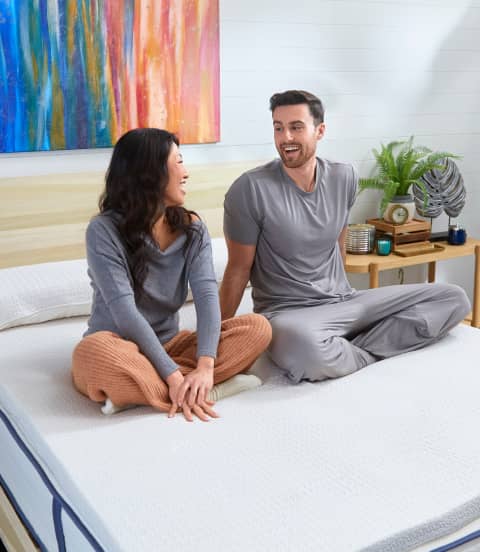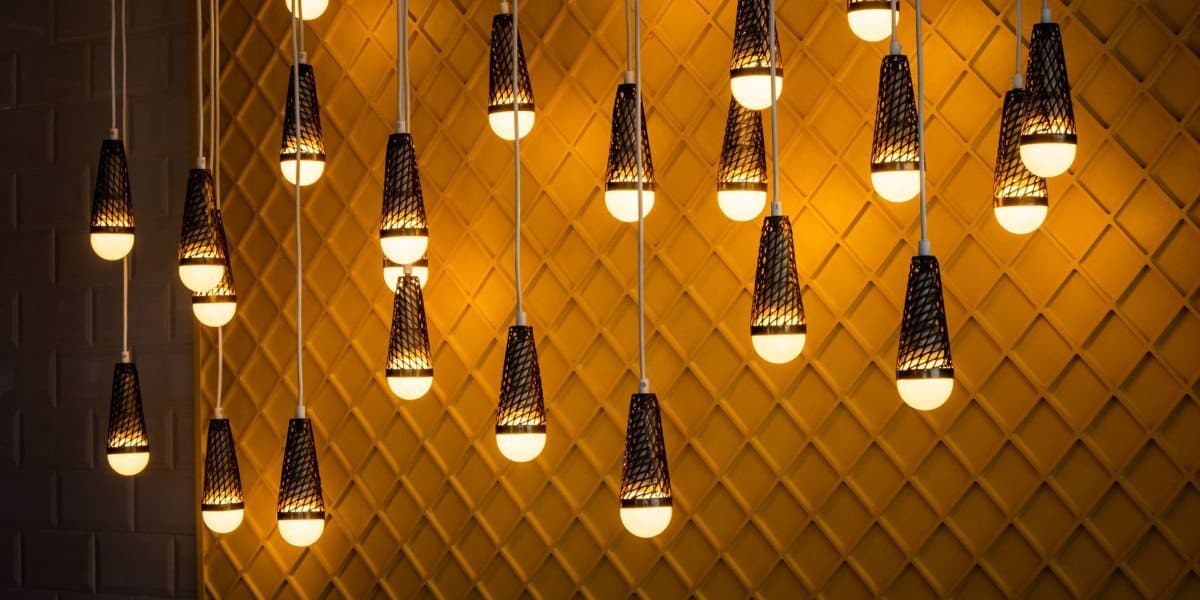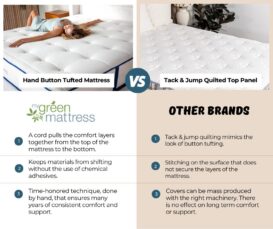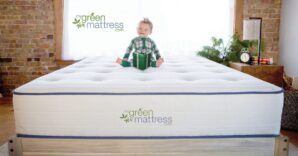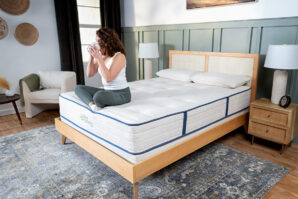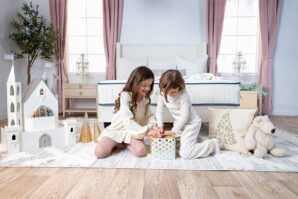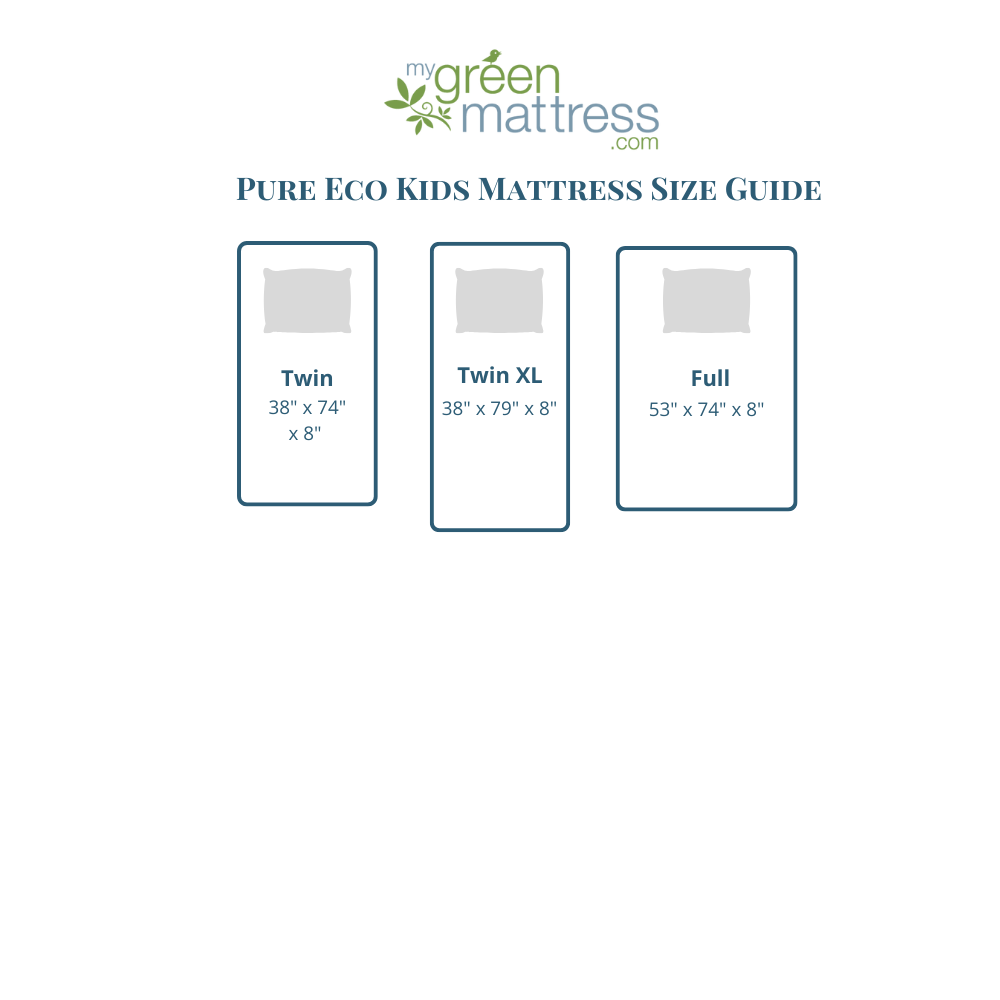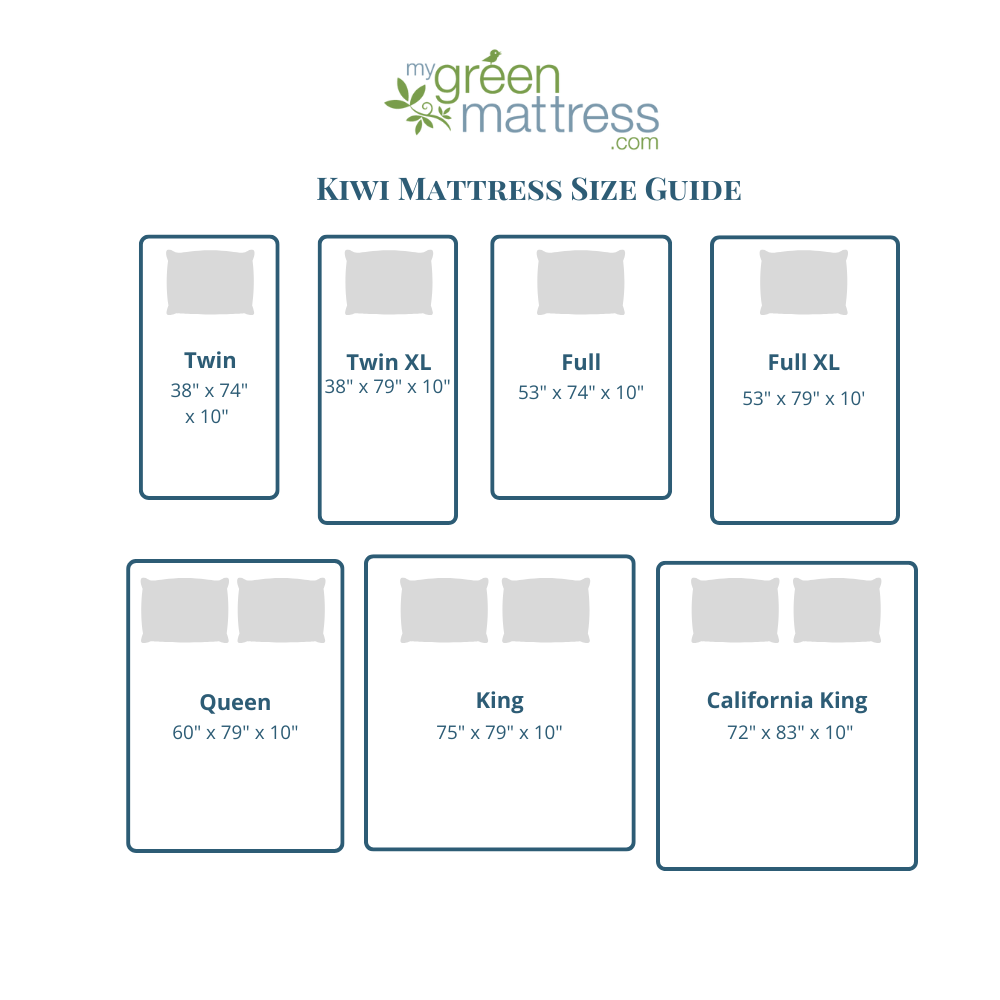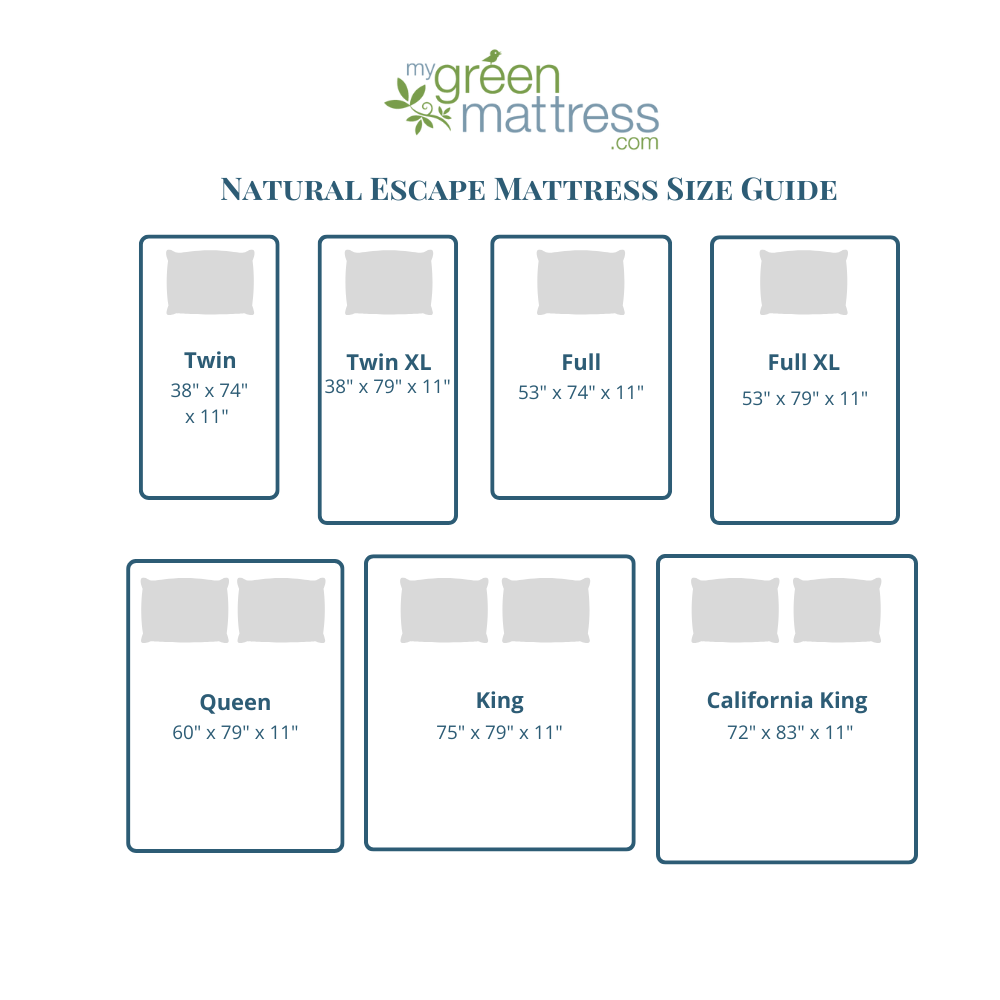LED light bulbs permanently changed the commercial and residential lighting game. As of 2019, LED bulbs had become 47% of US residential lighting sales and 46% of global lighting sales.
Incandescent light bulbs waste up to 95% of the energy they produce through heat creation, so LED bulbs stand to win the lion’s share of lighting needs well into the future. Outfitting your home with LED light bulbs is a smart, environmentally-focused choice that saves you money long-term.
Continue reading to learn everything you need to know about LED bulbs and their applications.
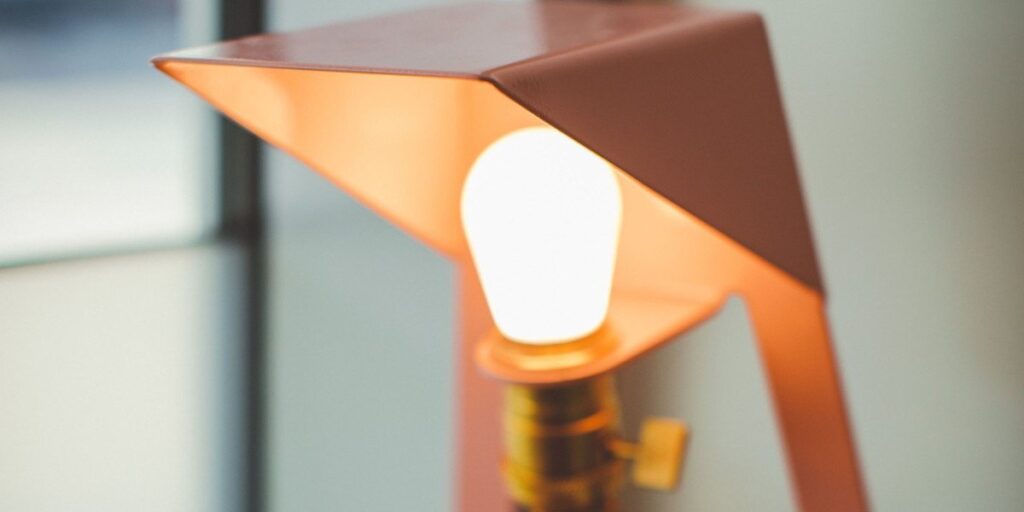
LED Light Bulbs: The Essentials
LED light bulbs, or light-emitting diode bulbs, pass the electrical current through a microchip to produce light rather than a wire that’s heated to produce light. The latter is how incandescent light bulbs produce light and is the main difference between incandescent and LED bulbs.
LED bulb technology was first created in 1962 and has become a primary solution for lighting businesses and homes. About half of US homeowners use LEDs for some or all of their lighting needs as recently as 2020, with this number growing annually. LED light bulbs are popular among eco-minded lifestyle practitioners because they’re 90% more efficient at producing light than incandescent bulbs.
The worldwide LED market is expected to grow by 11% from now through 2030, topping $130 billion in annual sales. Every year that LED technology improves, bulbs become more prevalent and affordable.
Outdoor LED Light Bulbs
Outdoor LED bulbs are great for backyard gatherings and outdoor events, but you need to buy the right type. Indoor LEDs are built differently from outdoor LEDs, including the following characteristics:
- Outdoor LEDs are built to withstand greater temperature fluctuations
- Outdoor LEDs’ materials can handle moisture
- Outdoor LEDs often come with a larger range of brightness
When you need to buy outdoor LED light bulbs, look at the following before buying:
- Ensure your fittings match. You don’t want to buy incredible outdoor bulbs that won’t work once you return home.
- Buy bulbs that match your climate. If you live in an area that snows or rains a lot, purchase LEDs that can withstand the weather. Buying incompatible lighting can break not just the bulbs but create a ripple effect of other electrical problems.
- Purchase LEDs suited to your goals. If you’re buying flood lights or security lights, you’ll need bulbs with greater shelf life. If you’re purchasing only for casual outdoor events, you don’t need lightbulbs as robust.
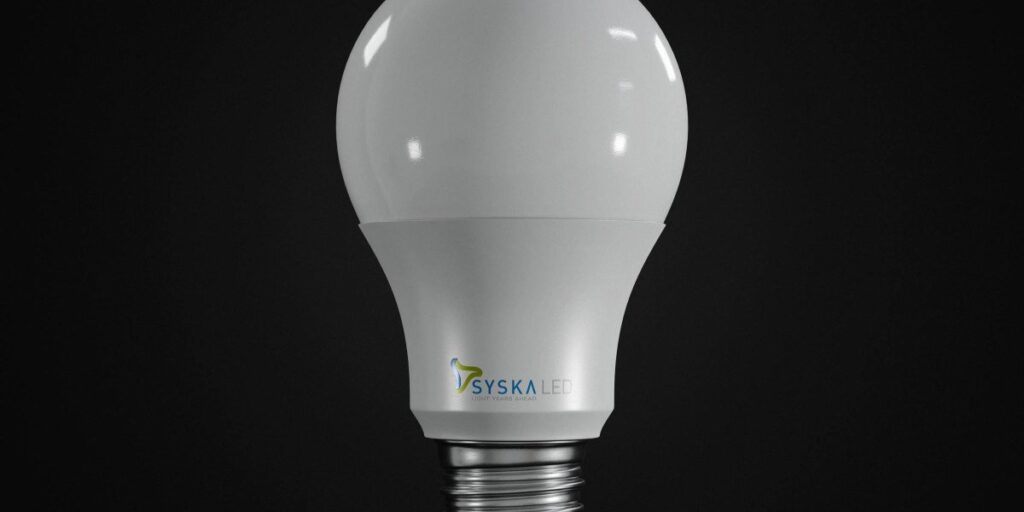
Are LED Light Bulbs Dimmable?
Most LED light bulbs are dimmable, provided you purchase dimmable variations and have a dimming switch if need be. Not all LEDs are dimmable but most manufacturers are prioritizing this feature in their designs and production capabilities.
Dimmable LED bulbs are typically able to dim to 10% of their total light level, while some can dim down to 1% of their total light level. This offers a flexibility in lighting and overall experience that incandescent bulbs aren’t capable of.
Buying dimmable LED light bulbs includes buying the right kind of dimming switch. There are two types of dimming switches used for residential applications: trailing edge and leading edge switches. Trailing edge switches work better with LEDs because the way they interact with AC electricity provides silent operation, a soft start, and smooth control.
Leading manufacturers of dimmable LED light bulbs include:
- Linkind
- GE Relax
- Ascher Retro
- EcoSmart
- Sylvania
- Energetic
- Cree
How Do LED Light Bulbs Work?
LED light bulbs work by passing an electrical current through a semiconductor, which produces light. This process is known as electroluminescence–a fancy word for light produced via electricity.
Semiconductors are made of positively charged electron holes and negatively charged electrons. When an electrical current flows through a semiconductor, the electrons become “excited” and jump from their current orbits to higher energy levels.
As they return to their original state, they emit photons of light energy, producing light that’s visible to the human eye. The color of the light produced depends on the materials used to make the semiconductor.
LED bulbs don’t generate heat when producing light, unlike incandescent bulbs which heat a metal filament to produce light. This is what makes them so energy efficient, as they use less electricity to produce the same amount of light while also lasting longer.
LED Light Bulbs for Home
About half of all homes rely somewhat or completely on LED light bulbs and more people replace their incandescent bulbs with them every year. They’re just as easy to install, last longer, have become much more affordable, and provide immense customization in room lighting.
The best applications of LED light bulbs for home include the following:
- The kitchen. Your kitchen is one of the best places to install LEDs and try them out. Kitchens need sufficient lighting for making dishes, cleaning up meals, and enjoying food with others. Find a few bulbs that are compatible with your fittings and test them out.
- Bathrooms. It’s good to test LEDs in the bathroom too, where you likely get dressed, apply makeup (if relevant), and engage in personal hygiene routines. Sufficient lighting is essential to each of these activities and also makes it easier to clean your bathroom when that time rolls around.
- Hallways, closets, attics, and crawl spaces. These sometimes-forgotten spaces still need light, too (unless you bring a flashlight or headlamp wherever you go). Look for LED bulbs with a lower lumen count for smaller spaces like these that don’t necessarily need huge brightness upgrades.
- Home office, den, or spare room. If you have a remote job or a spare room, you probably spend significant amounts of time in a home office or den. Why not upgrade your lighting there, too? Switching to LED bulbs prevents your home office from overheating, allows for dimmable lighting, and minimizes costs.
- The basement. This large space many houses have is the perfect spot to test LED light bulbs. You may host friends or entertain guests in your basement, in addition to watching movies, playing games, or enjoying family get-togethers. All of these activities require light and for multiple hours at a time. Shop for LED bulbs that match the fittings in your basement and see how your basement looks and feels different.
Like other home improvement projects, updating your lighting comes with a learning curve and may not always go as expected. Keep these points in mind when buying, using, and modifying your new LED light bulbs:
- When in doubt, go with a familiar brand. The LED bulb market is more robust than ever, but that doesn’t mean you need to buy from a new brand. If you already use a commonplace brand like Philips or GE, look for their LED variations.
- Handle with care. Just because LED bulbs are more customizable and durable than incandescent ones doesn’t mean they should be handled carelessly. Double check that all of the lights you’re buying work for the fittings in your home and that spare bulbs aren’t at risk of breaking. This means keeping them out of the way of heavy objects, high storage locations, children, and pets.
- Consult staff when needed. If you still have questions, ask the staff in brick-and-mortar stores or customer support specialist on the website you’re shopping on. They’re experienced in answering a variety of homeowners’ questions and can resolve any lingering doubt.
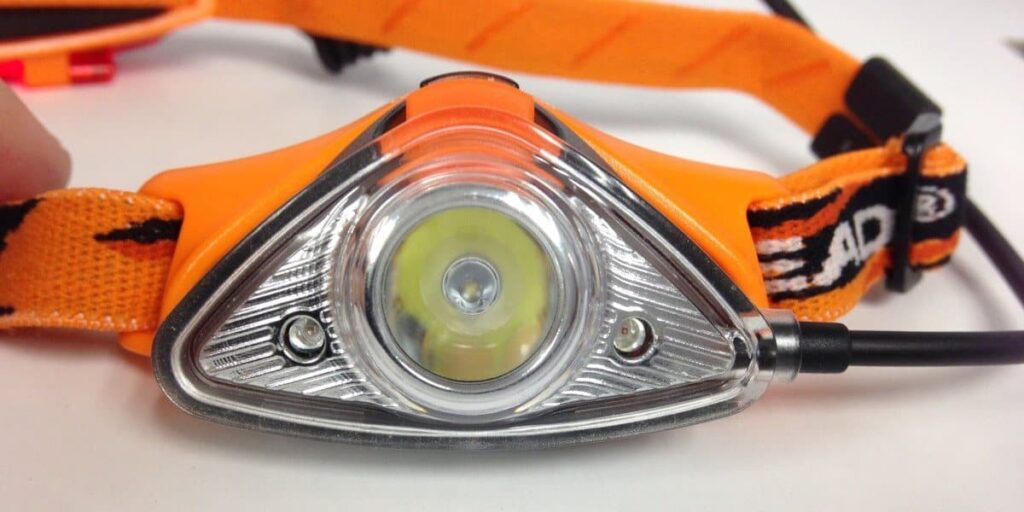
Cost of LED Light Bulbs
The cost of LED light bulbs is one of the most important facts to know when making your home more eco-friendly. Upfront, LED bulbs can cost five times more than incandescent bulbs because of the technology required to make them. However, they’re up to 150% more energy efficient than gas or incandescent bulbs.
Your cost to invest in them is significant at first but pays off quickly. Since they don’t require as much electricity to generate light–both immediately and long-term–you’ll see the difference in your electricity bill within one or two months.
Frequently Asked Questions About LED Light Bulbs
Reading so many details about LED bulbs for the first time (or first time in a while) is a lot to digest. You may have more questions, which is perfect because we have even more helpful answers.
Read the following frequently asked questions about LED bulbs and our answers now:
What Is the Disadvantage of LED Light Bulbs?
One of the few disadvantages of LED bulbs is that they emit a more “blue” light rather than the warm, “yellowish” light many people appreciate about incandescent options. While all light bulbs land somewhere on the spectrum of unassisted visible light, the materials used to manufacture light bulbs determine the degree to which they appear “cooler” or “warmer.”
Since LED bulbs are made with diodes (no heat needed for light) instead of filaments (contingent upon heat generation for light), they’re inherently cooler and therefore might feel “sharp” to the eyes. This can be altered by purchasing LED bulbs with colored diffusers or painting your LEDs a different color.
What are the 4 Types of LED Light Bulbs?
The four main types of LED bulbs are reflectors, A-shape, decorative bulbs, and specialty bulbs. Here’s a quick breakdown of what each type is used for:
- Reflector bulbs: Reflector LEDs are designed to replace incandescent spotlights, flood lights, and security lights. They work well for outdoor applications and spaces that require significant light for several hours at a time.
- A-shape bulbs: This is the most common type of LED bulb and shaped like traditional, glass-based incandescent bulbs. A-shape LEDs are the best replacement for incandescent lights up to 75 watts.
- Decorative bulbs: These LED light bulbs pair well with traditionally-designed spaces and visually emulate incandescent bulbs. Decorative LEDs are available in a range of sizes, colors, and wattages.
- Specialty bulbs: Specialty LEDs are any lighting solution that doesn’t fall within the aforementioned categories. This includes remote-controlled lights, light tape or rope, microlights, and custom-built lighting products.
What Is the Difference Between a Regular Bulb and an LED Bulb?
The primary difference between traditional, incandescent light bulbs and LED light bulbs is how they utilize electricity and generate light. An incandescent light bulb is connected to an electrical socket, which heats the tungsten filament connected to the base of the bulb. The filament heats up, which produces light.
Other modern, non-LED light bulbs use gas instead of diodes to light up a space. These bulbs rely on fuel like kerosene, propane, or white gas to generate light.
LED bulbs operate quite differently. Instead of using a filament or gas to generate light, they pass electricity through a semiconductor, which the diodes use to produce light. This makes them 90%+ more efficient than incandescent or gas-based bulbs.
Where Should You Not Use LED Lights?
The only circumstance LED lights aren’t well-suited for are fully enclosed spaces, like enclosed ceiling fans, porch lights, and lanterns. In these spaces, LEDs can overheat and either severely shorten the bulb’s lifespan or risk explosion.
Is It Worth Replacing Bulbs With LEDs?
In the majority of cases, yes–replacing incandescent bulbs for LED bulbs is a financially and materially beneficial choice. LED light bulbs can save you hundreds of dollars each year on energy costs–immediate savings you can use for other goals.
LED bulbs also provide more consistent lighting because they don’t have to heat up; they’re simply on from the moment the switch is turned on. LEDs offer anywhere from 50,000 to 100,000 hours of use compared to incandescent bulbs’ 1,200 hours of standard use.
Living the green lifestyle involves so many different product choices than were even available centuries ago. Thanks to modern technology and manufacturing capabilities, it’s possible to have timeless comforts without wasting materials or processes.
Our certified organic mattresses are another benefit of modern technology and a quality-first design process. Include an organic hybrid mattress and premium-quality platform bed when you upgrade your bedroom lighting. Shop all of our mattresses now or send us a message if you have any questions.

